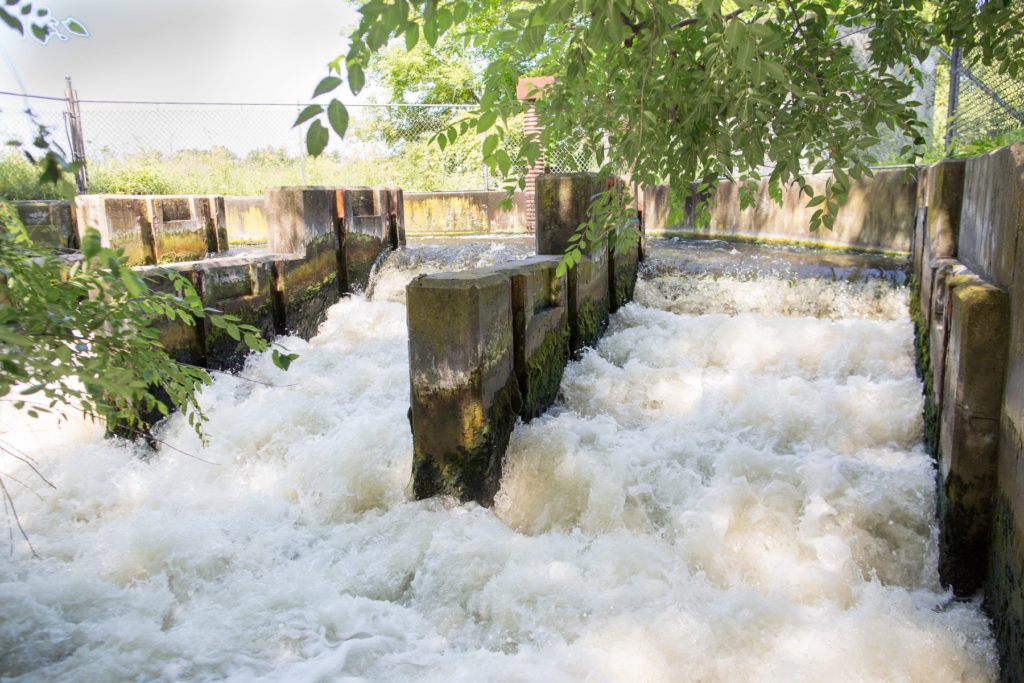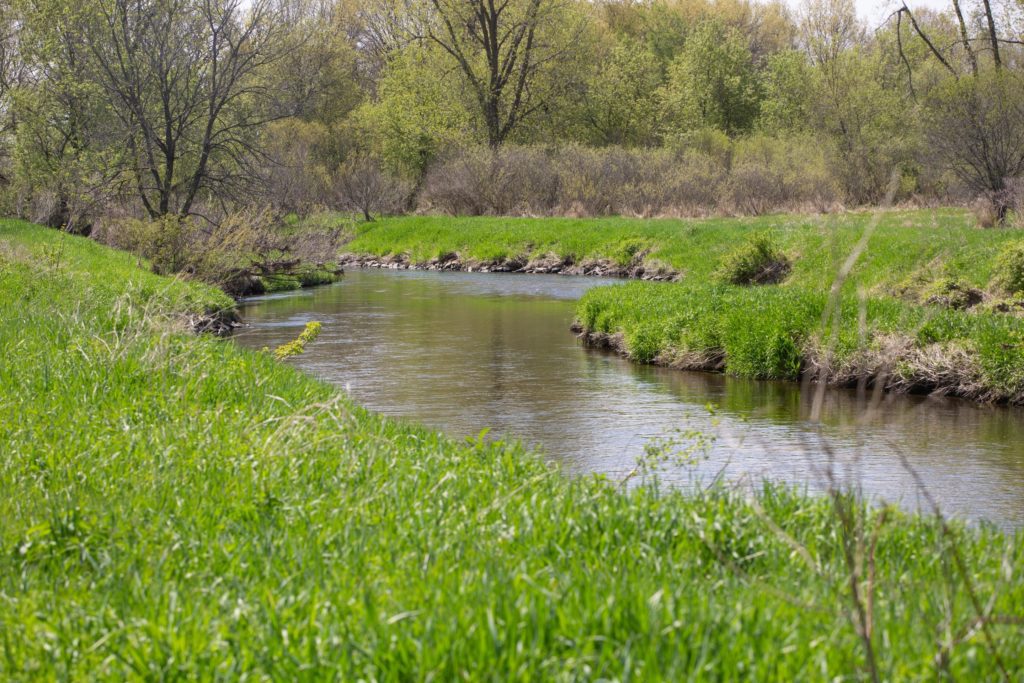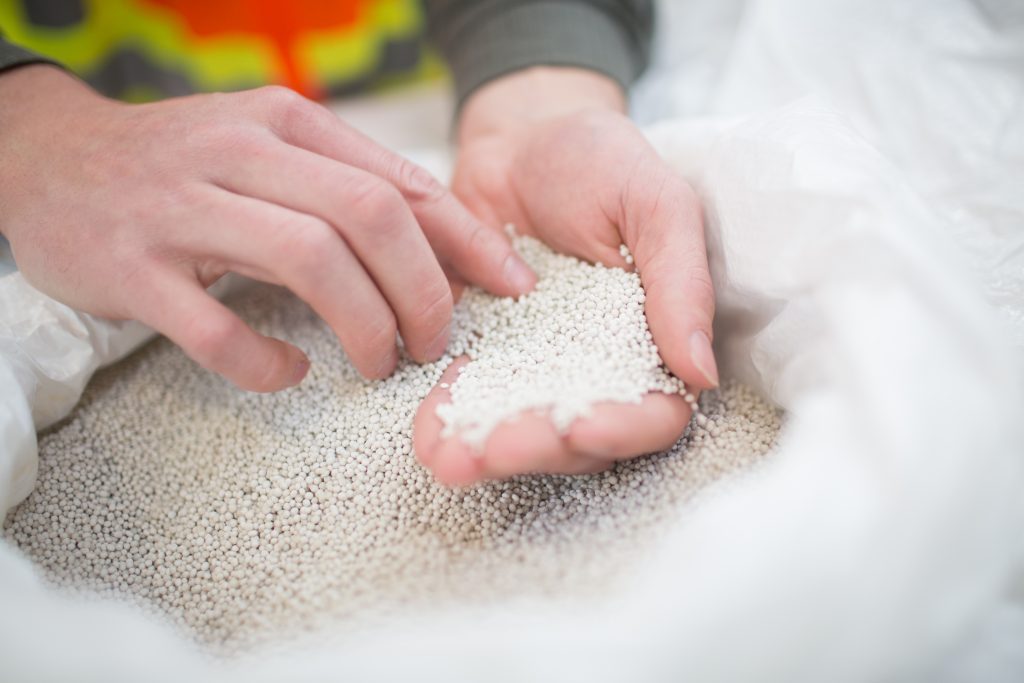Phosphorus contributes to plant and algae growth in surface waters, including streams, rivers, lakes and reservoirs. However, increases in phosphorus use and runoff has fueled substantial increases in aquatic plant and algae growth, reduced recreational use and property values and harmed public health.

Three sources of phosphorus pollution
Phosphorus pollution can enter our waterways from point, nonpoint and natural sources. Regardless of how this nutrient enters our water, it creates challenging-to-reverse impacts when there’s too much in our waters.
- Point sources: Phosphorus can flow directly to surface water from piped wastes operated by municipal and industrial wastewater treatment plants.
- Nonpoint sources: Excessive phosphorus runoff can occur when rain or melting snow wash over farm fields, feed lots, lawns and urban areas and carries fertilizer, manure, soil and other phosphorus-containing contaminants with it into storm sewers and waterways.
- Natural sources: Natural sources include soil erosion and build-up of past phosphorus loads in lake bottom sediments.
At first, it might be hard to notice a build-up of phosphorus in surface waters. Early signs include excess algae growth, water discoloration and harmful algae blooms.

Following the rules
When wastewater treatment plants process water received from homes and businesses, it contains phosphorus from human waste, food and certain soaps and detergents. After the water is treated to standards set and monitored by state and federal officials, it is released into a designated body of water.
Under Wisconsin’s Phosphorus Rule, the Wisconsin Department of Natural Resources sets water quality standards for phosphorus in surface waters and requires all wastewater treatment plants to reduce the amount of phosphorus in their discharges. The rule can also be imposed at point sources that discharge from municipal and industrial wastewater treatment plants to small bodies of water. In these cases, the phosphorus rule applies to protect downstream waters.
Protecting the watershed
As a point source, Madison Metropolitan Sewerage District works to reduce phosphorus in our discharges when concentrations exceed permissible limits. Limits are set to protect public health and the environment and innovative action, operational improvements and community partnerships.
These actions have resulted in a high degree of phosphorus removal from wastewater, and outreach has helped reduce pollution in the surrounding watershed.

District initiatives in action include:
- Yahara WINS: The District is the founding member of Yahara WINS (Yahara Watershed Improvement Network), a group of partners working to reduce phosphorus pollution through runoff management from nonpoint sources.
- Badger Mill Creek PLUS: In the Verona area, the District and its partners are working to evaluate and develop a phosphorus compliance solution for Badger Mill Creek, one of our discharge streams, through Project PLUS (Phosphorus Limits & Updated Solutions).
In addition, the District began utilizing struvite harvesting technology in 2014. As a result, we recover a valuable fertilizer product for beneficial reuse as a green, slow-release rock phosphorus alternative.
Be sure to check out the Phosphorus page on our website to learn more about our pollution reduction initiatives at the District. For more tips delivered by email six times per year, sign up for our e-newsletter offering helpful info on caring for our local waters.






